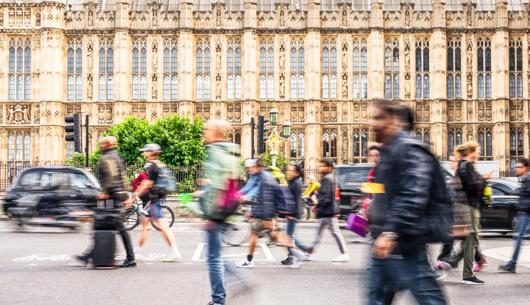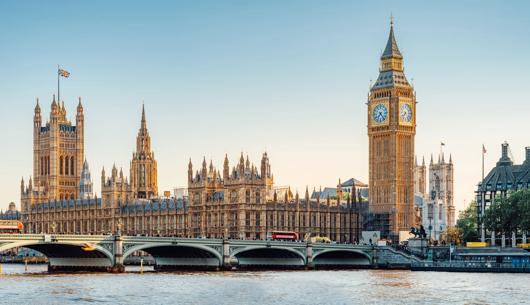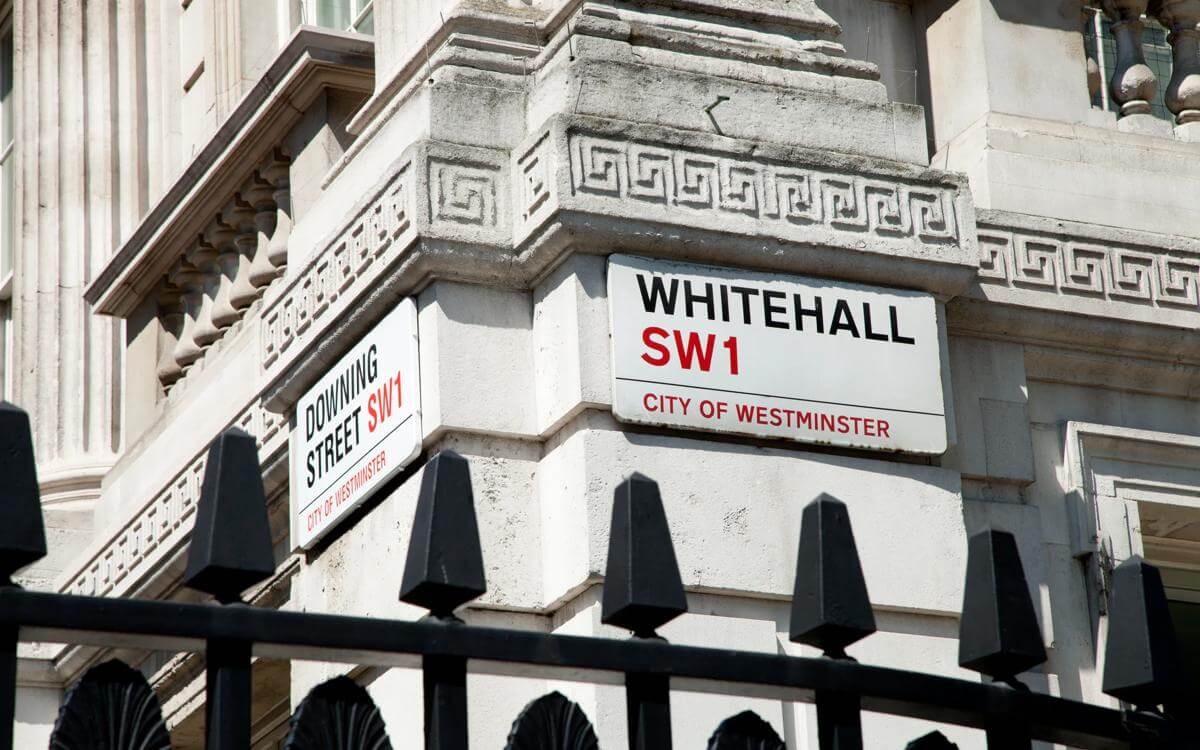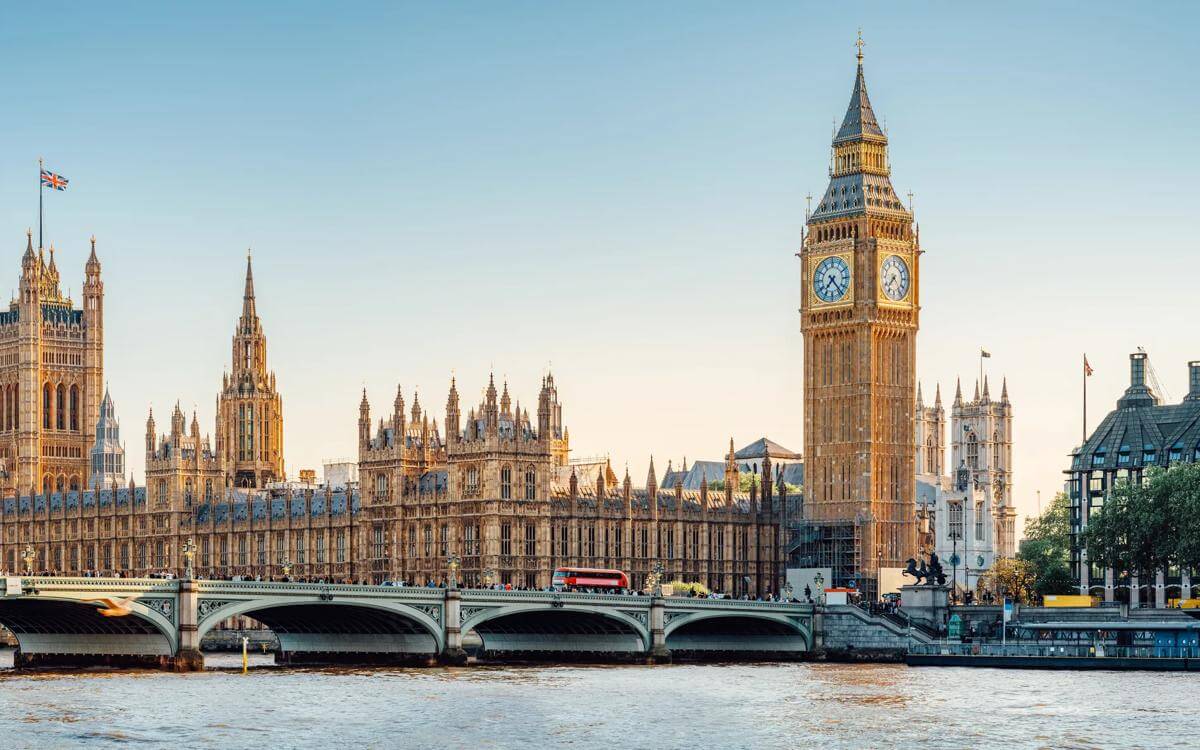Significant changes to trial witness statements: Practice Direction 57AC - what do you need to know?
What are the key changes to Practice Direction 57AC and Statement of Best Practice, and what are the challenges for legal representatives?
This article is taken from March's public matters newsletter. Click here to view more articles from this issue.
Now that the Disclosure Pilot Scheme is fully underway in the Business and Property Courts, reform has turned its attention to the next phase in proceedings – witness statements.
From 6 April 2021, the way that witness statements for use at trial in the Business and Property Courts are prepared will change substantially, meaning there is more work to do. ‘Trial witness statements’ (with several exceptions) will have to comply with the recently published CPR Practice Direction 57AC (‘the Practice Direction’) and its accompanying Appendix: Statement of Best Practice (‘the Statement of Best Practice’).
Why reform the process?
The reforms are the outcome of the Witness Evidence Working Group (‘the Group’) which was set up by the Business and Property Courts in 2018 following concerns regarding the current system by Commercial Court Judges on whether witness statements were achieving their objective of providing best evidence at proportionate cost. In a final report published by the Group, a constant theme was ‘over-lawyering’ of witness statements including the tendency to recite documents exhibited to the statement. The report suggested forming a statement of best practice regarding the preparation of witness statements which is how we have arrived at the creation of the Practice Direction and the Statement of Best Practice.
What cases does the Practice Direction apply to?
The Practice Direction does not apply across the board. It only applies to witness statements for use at trials in the Business and Property Courts signed on or after 6 April 2021. Witness statements also include supplementary or reply statements. Proceedings in which the Practice Direction does not apply (unless the court otherwise directs) are set out in para 1.3 of the Practice Direction, including certain claims under the Companies Act 2006 and Insolvency proceedings.
The Practice Direction has no effect on:
- Affidavit evidence;
- Evidence in a witness statement other than a trial witness statement, such as a witness statement in support of an interim application;
- The application to a trial witness statement of any provision of a rule or other Practice Direction that prescribes in any respect what must be stated in a witness statement; or
- The powers of the court under rule 32.1, to control, exclude or limit factual witness evidence.
Purpose of the witness statement?
As set out in para 2.1 of the Practice Direction, the purpose of witness statements is to set out in writing the evidence in chief that a witness of fact would give if they were allowed to give oral evidence at trial. The purpose is also to promote the overriding objective of the CPR by helping the Court deal with claims justly, efficiently and at proportionate cost.
The key changes
The Practice Direction sets out new requirements regarding the content of factual witness statements. It attempts to separate evidence of fact in respect of a witness’ personal account from arguments, commentary and documentary evidence.
What is required under the Practice Direction?
Witness statements must be drafted in accordance with the Practice Direction and the Statement of Best Practice (and any relevant court guide).
Before you draft the witness statement
Legal representatives must explain to a witness: (i) the purpose of a witness statement; (ii) the proper context of the witness statement and (iii) the proper practice in relation to the preparation of the witness statement. The witness must understand what is required of them.
Preparing the witness statement
Legal representatives should try to conduct an interview with the witness and take full and accurate notes of the evidence which is to be contained in the witness statement. Ideally, the interview should be recorded. A record of the evidence given by the witness will act as a safety net for the legal representative should questions be raised about the preparation of the witness statement later. Legal representatives should carry out the interview by using open questions. Leading questions should be avoided.
Content to include
Legal representatives should be alive to the fact that the witness statement must state only that which the witness claims to personally recollect that is relevant to one or more of the issues of fact to be decided at trial.
The witness statement must also identify what documents (by way of a list), if any, the witness has referred to or been referred to for the purpose of providing the evidence set out in the witness statement. Documents referred to need to be easily located at trial.
The requirement to identify documents which the witness has referred to (or has been referred to) does not affect any privilege that may exist in relation to any of those documents.
The Practice Direction requires the witness statement to be drafted in the witness’ own words, language and in the first person.
The Confirmation of Compliance
Regardless of whether a party is legally represented or not, in addition to the usual statement of truth, the witness statement must (unless the court orders otherwise) include a Confirmation of Compliance (as per the below) signed by the witness as set out in paragraph 4.1 of the Practice Direction.
"I have read (or if applicable have had read to me),and understand paragraphs 2 and 3 of the Practice Direction 57AC and paragraph 1.3, 2.2 to 2.6 and 3.2 to 3.7 of the appendix to that practice direction, in relation to the purpose and proper content of trial witness statements and proper practice in relation to their preparation".
The Certificate of Compliance
In addition to the Confirmation of Compliance, pursuant to 4.1 of the Practice Direction (where a party is legally represented at the time of signing the witness statement), the witness statement must, unless the court orders otherwise, be endorsed with a certificate of compliance, signed by the legal representative. The purpose of the certificate is for the legal representative to certify that the purpose, proper content and practice in relation to witness statement preparation has been discussed with their client and that the legal representative believes that the witness statement complies with the Practice Direction.
Challenges
The Practice Direction brings with it a number of challenges which legal representatives must bear in mind, including:
- Record keeping of discussions with witnesses may be more onerous
- Risk of satellite litigation
- Conflicts between the legal representative and the client might arise should there be disagreement over the content of the statement
It is therefore likely that the witness statement phase of proceedings will become more time consuming.
Positives?
The Practice Direction provides strong guidance to make witness statements more concise and it is hoped will reduce the amount of unnecessary evidence at trial.
The Sanctions
Sanctions in the court process can be costly and the Practice Direction is no exception to this. If you get it wrong the court may upon application by any other party or by its own motion:
- Refuse to give or withdraw permission to rely on, or strike out, part or all of a witness statement;
- Order that the witness statement be re-drafted to comply with the Practice Direction;
- Make an adverse costs order; or
- Order a witness to give some or all of their evidence in chief orally at trial.
Summary
Despite the purpose of the Practice Direction and the Statement of Best Practice being to refocus the parties’ attention on the purpose of a trial witness statement with a view to saving both cost and time, the onus for ensuring compliance is firmly on the parties’ legal representatives. Legal representatives must make friends with the Practice Direction and the Statement of Best Practice well before the 6 April 2021. Only time will tell what specific impacts the Practice Direction will have.
| Key points to be aware of | Practical tips |
| The Confirmation of Compliance. | Preparation is key! Familiarise yourself with the Practice Direction. |
| The Certificate of Compliance. | Have a separate pack of documents for each witness. |
| Understand who the witnesses will be from the outset of the dispute and ensure that they are aware of the Practice Direction. | Record interviews with witnesses and keep accurate records. |
| Think about what evidence the witness can provide. | Attendance |
| Open questions only | Identify only the facts that need to be proven at trial |
| The sanctions! | Ensure that you understand the rules and get it right! |









































